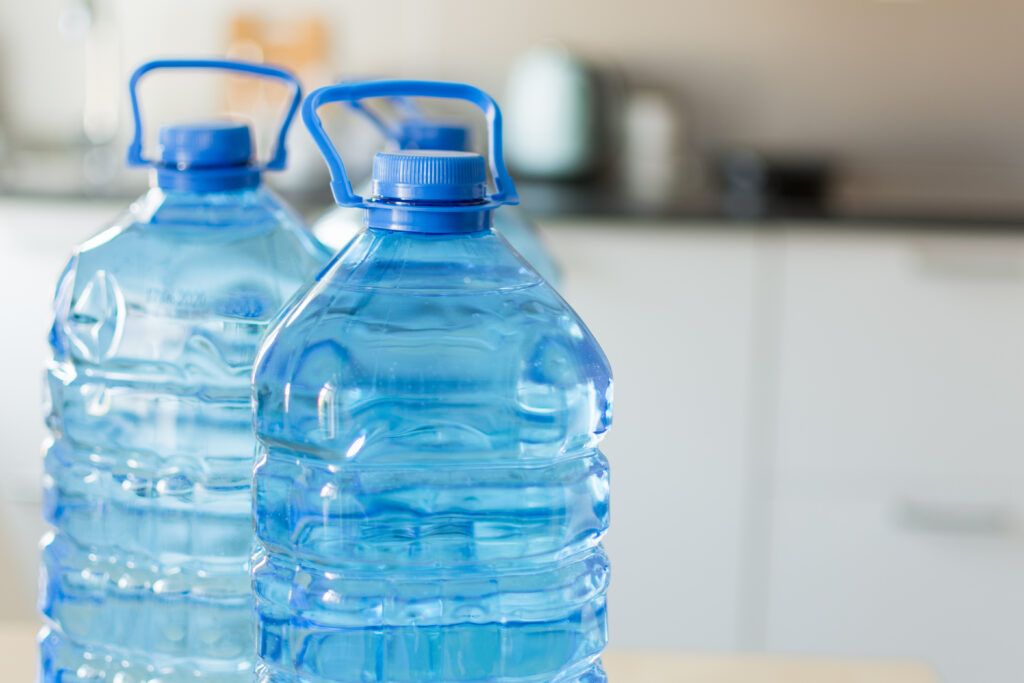Troubleshooting A Clogged Feeding Tube

Gina Salvatori, a registered dietitian with CHC Solutions, Inc., informed us of the best ways to troubleshoot a clogged feeding tube. “I remember very early on in my clinical rotations hearing a nurse say the best way to fix a clogged feeding tube is by preventing it in the first place,” said Salvatori.
However, it is still important to know the proper way to unclog a feeding tube. Many recommendations are unsafe and unsupported. A quick search of the internet will include improper methods such as using carbonated beverages or even meat tenderizers. Evidence does not support these methods, and they can lead to more problems.
Proper Troubleshooting Methods
Of all the recommendations you will find, using water is the method most supported by research. The American Society for Parenteral and Enteral Nutrition (ASPEN) recommends warm water as the best option to attempt to unclog a feeding tube. They suggest attaching a 30 or 60-mL piston syringe to the feeding tube to help dislodge the clog. Pull back on the plunger to see if that dislodges the clog. After that, if it does not dislodge the clog, fill a flush syringe with warm water, attach it to the tube and attempt a flush.
If water fails to unclog the tube, ASPEN guidelines recommend using an activated pancreatic enzyme solution. Finally, you should contact your healthcare provider in the event you cannot unclog the tube at home.
Preventing A Feeding Tube Clog from Occurring
Above all, it is important to help prevent a feeding tube clog from occurring in the first place. To do this, flush the feeding tube frequently with water. This helps dissolve the formula or medication that may linger after administration. It is important to flush before and after giving medication and after giving formula through the feeding tube.
Finally, to learn more, view our blog on troubleshooting site irritation and tube leakage.
*Disclaimer: Any health and wellness content presented is for general informational purposes only. Such content is not intended to replace or serve as a substitute for professional medical advice, diagnosis or treatment.
